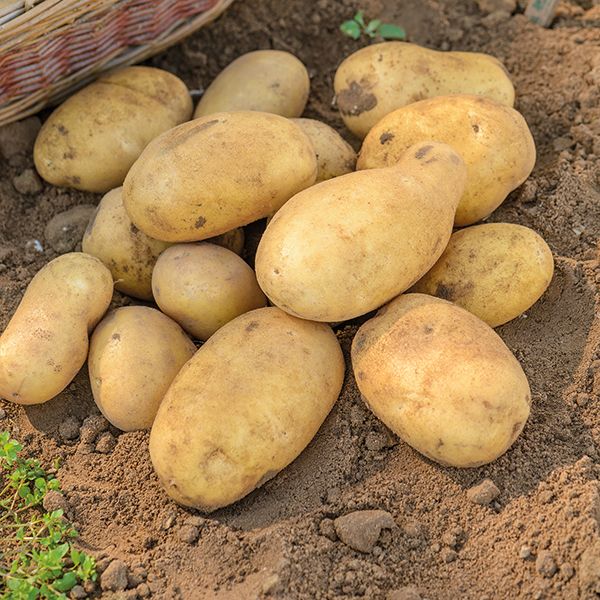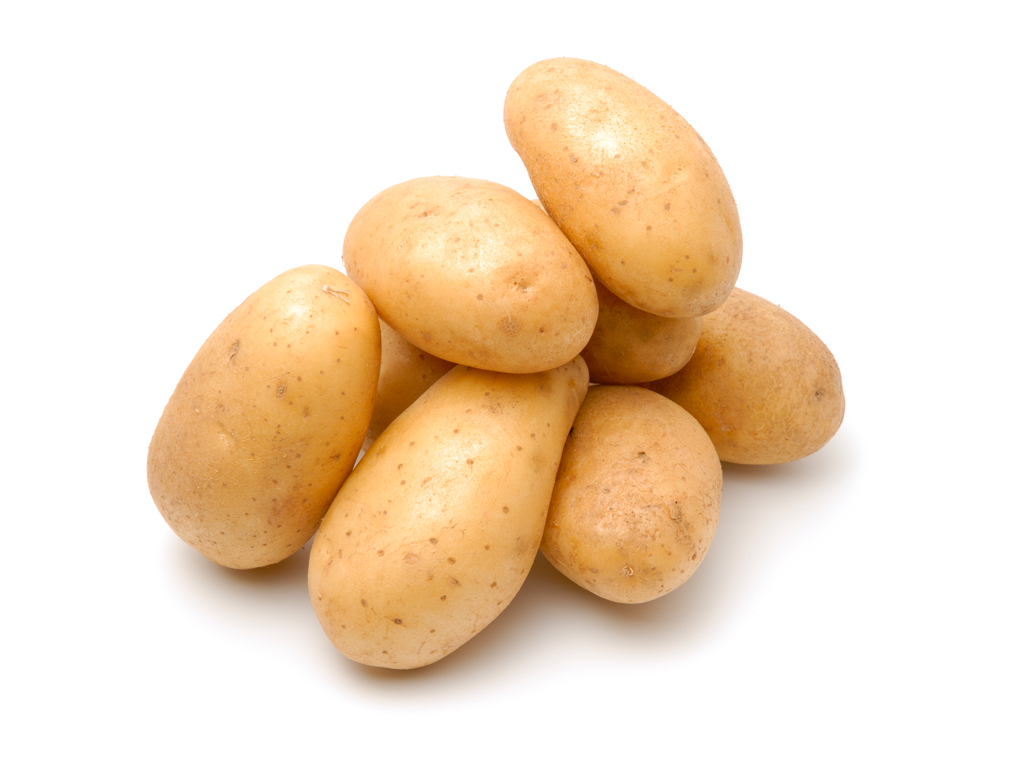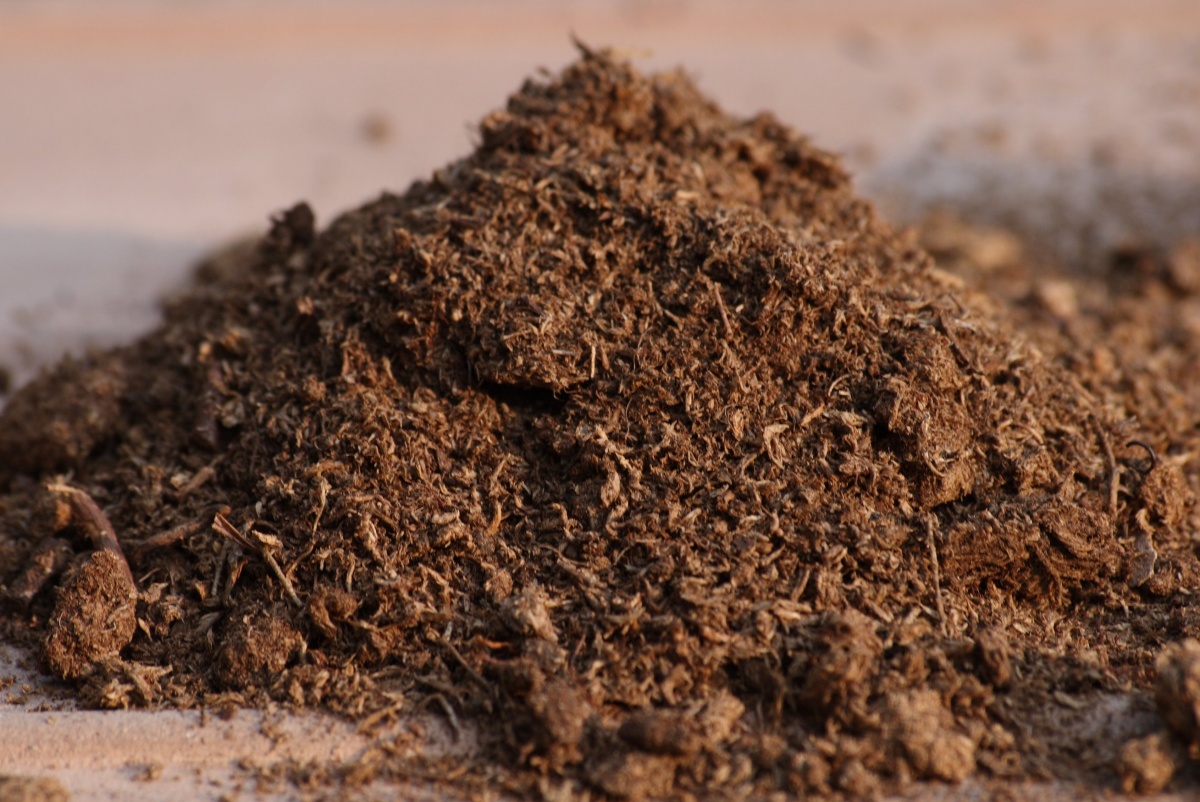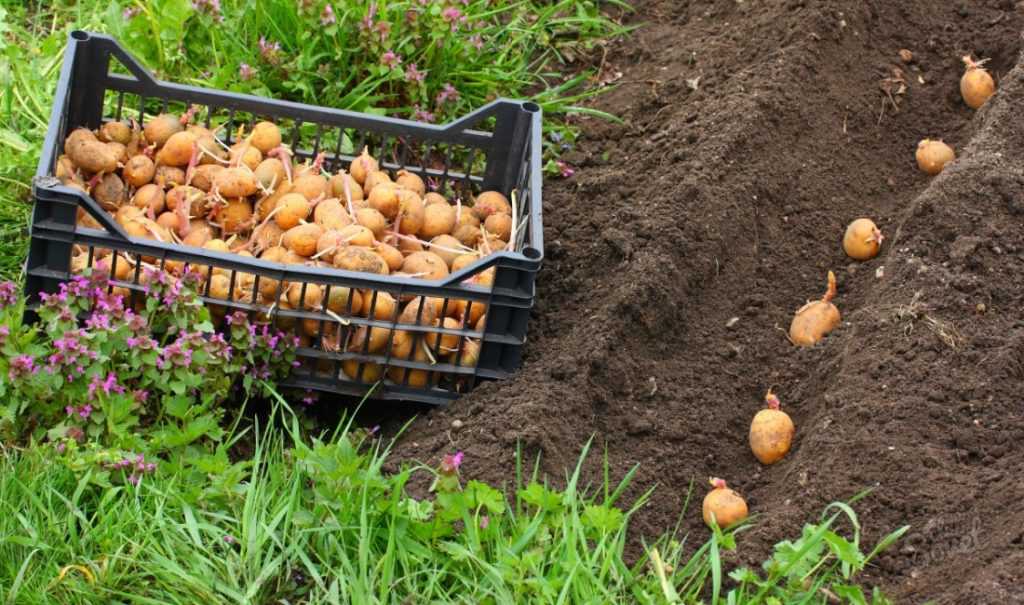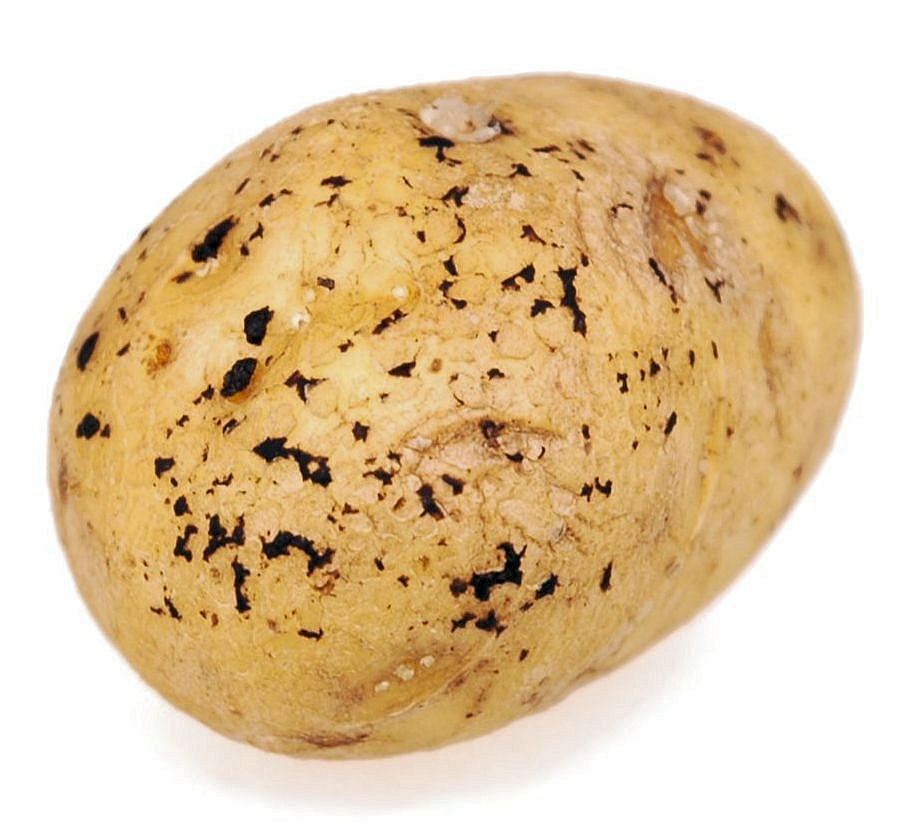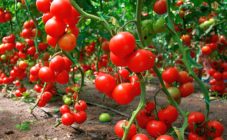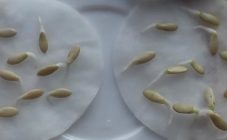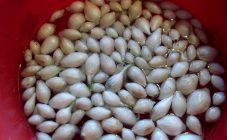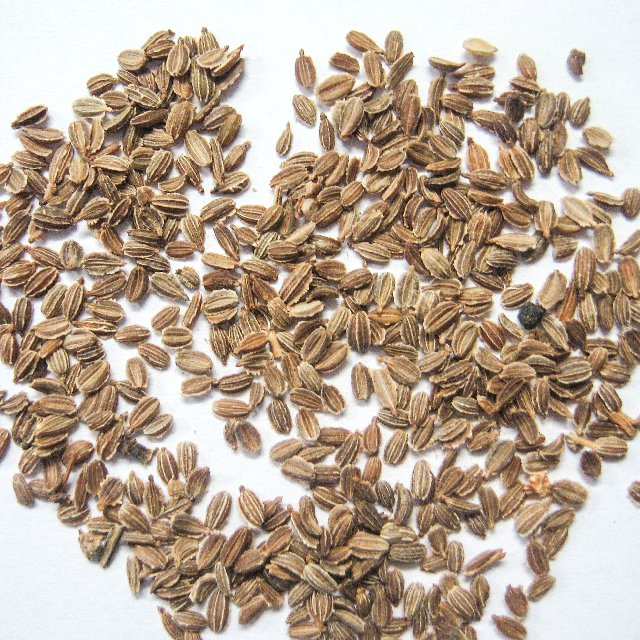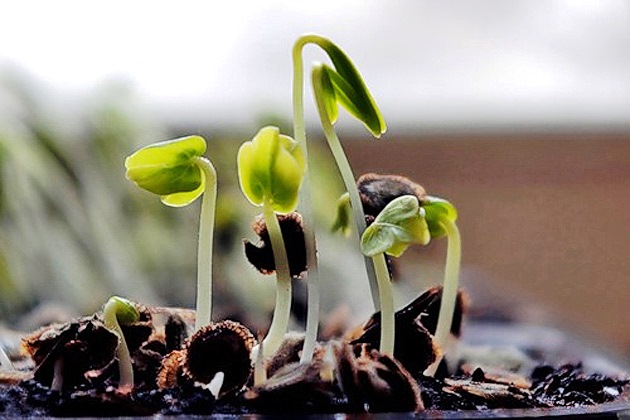Content:
Potatoes are the most important and consumed product after bread in modern Russia. It is of colossal importance in ensuring food security for our country. An ordinary root crop has a lot of advantages, the main of which is a long shelf life provided that the necessary conditions are met. This allows potatoes to be eaten all year round. Growing a vegetable is a serious science, where domestic agronomists and gardeners have achieved unsurpassed results. For the industrial cultivation and storage of potatoes, yield and reliable storage conditions are of fundamental importance. Scientists and simple summer residents work on improving these qualities every day. Thanks to them, new and improved varieties of root crops are constantly appearing on the market. However, proper preparation of the soil for potatoes in the spring is required, otherwise all efforts to store and breed improved varieties are easily nullified. Here we will consider the methods and rules for caring for the land intended for planting this vegetable crop.
General information about culture
Potato (Solanum tuberosum) is a perennial in nature, but annual during cultivation, herbaceous plant, with a bush height of up to 65 cm. Rod, with a developed root system. The roots are white. At their ends, tubers are formed, which are used for food. The stem is erect, spreading bush. When planting, a certain depth is required for potatoes - 30 cm.
The leaves are dissected, with three to four leaflets. Flowers - white or purple, depending on the variety, collected in inflorescences. Fruits in the form of a dark purple berry are poisonous. Seeds are small, yellow. The color of the edible tubers is different: white, purple, red and yellow.
Spring processing begins
First you need to determine which types of soil are suitable for the growth of a crop, and which are not. Heavy soils with a high clay content are categorically unsuitable. They have a lot of moisture and, despite all the tricks, the fruits will not grow here. Also, the terrain where water can slide is not suitable. The most comfortable for potatoes will be light, sandy loam, as loose as possible soil. Soil with a high content of peat or black soil is ideal. Thus, a dry area must be selected for planting. If there is only excessively acidic soil or soil with clay, it can also be processed to obtain an acceptable harvest in the fall. For this, wood ash, sand, manure, compost are used.
If the selected site meets all the main conditions, it is imperative that the soil be properly processed before planting potatoes in order to obtain a rich harvest.
So, what requirements must be met in order to obtain an excellent harvest:
- Good seed treatment before planting;
- Good yield of the variety;
- Correct soil composition;
- Adequate care.
Loosening the earth in spring
How to prepare the soil for potatoes in spring? The first step to getting a rich potato crop is to carefully prepare the land in order to plant the tubers. With the onset of spring, the soil is loosened. It is advisable to avoid turning over the ground and make sure that there is no rain the day before. For sandy soils, the soil is loosened to a depth of about 15 cm.In the case of the presence of clay and excessive moisture, double digging of the prepared area is required to the depth of the shovel bayonet and crushing of clods of earth with a rake. These actions are performed to enrich the soil with oxygen and remove excess water from it.
The readiness of the site for planting potato seed in spring is one of the most important, fundamental keys to obtaining a rich and tasty harvest in autumn. The method of growing this vegetable crop also depends on the type of land plot.
The earth with a high sand content is naturally filled with oxygen, so there is no need to draw up a plan for its enrichment using ridges. Thus, the planting method depends on the type of soil.
Correct fit rules
The soil is prepared for planting. Now you need to start preparing the seeds themselves. The root crop must be placed not only in carefully prepared, but also in well-warmed and dried soil. Otherwise, the tubers may freeze or rot. Both whole potatoes and split potatoes are planted. Before planting, it is necessary to sort out the tubers and get rid of rotten or sick specimens. Potatoes should look healthy and be flawless. The best seed material is tubers weighing 50-90 g. Root crops must be properly processed and dried before planting. In case of a lack of planting material, it is allowed to divide whole potatoes into several parts. The main thing is that on each part there are sprouted shoots. The division is done right before planting.
Now you need to consider how to prepare the soil in the fall after harvest.
Autumn preparation
The autumn preparation of land for potatoes differs significantly from the spring one. To begin with, the bed is dug up with the wrapping of all layers. It is necessary to plow to the depth of a bayonet shovel (about 30 cm). After plowing, in no case should you level the ground with a rake. It is imperative that all pests and weed roots do not survive the winter. Land leveling is done exclusively in the spring just before planting. In autumn, it is necessary to apply organic fertilizers to the soil. During the period of rains and spring melting of snow, they will dissolve and be completely absorbed into the ground.
If it was not possible to fertilize the soil in the fall, it is allowed to carry out all these actions in the spring. However, fertilizing the soil in autumn is most effective and shows the best results.
Growing rules
So, it is necessary to summarize all the stages and rules for obtaining a rich harvest of tasty young and crumbly potatoes:
- Careful preparation of a plot of land for planting tubers is required in both spring and autumn. In autumn, tillage is required, depending on its type, the introduction of various fertilizers;
- Before winter, the soil is loosened to a depth of 30 cm without leveling with a rake so that the cold destroys the roots of weeds and various pests. This freezing process is required to disinfect the soil so that the disease does not pass into the next summer season.In addition, during this period, the earth is saturated with oxygen and enriched with minerals due to the introduction of organic fertilizers;
- In the spring, the soil is re-prepared for planting. Loosening is performed. To do this, use a pitchfork or rake. At this moment, additional saturation of the soil with oxygen occurs. If fertilizers were not applied in the fall, then they are added immediately before planting in each hole;
- In the case of the presence of black soil in the selected area, the ridges method is used;
- Soil with a high clay content requires the introduction of sand or lime into it, depending on the amount of it in a particular area. Before planting, such soil must be loosened 2 times;
- Before planting, the soil should dry out from the spring melt water. A lot of moisture will keep the potatoes from growing. The tubers can rot. In addition, you must wait until the soil warms up to acceptable temperatures. The plowing depth for potatoes is 30 cm.
Motorized landing
Recently, gardeners have begun to use motor-cultivators, walk-behind tractors and mini-tractors for plowing the soil and planting potatoes. These machines prepare the soil in spring for planting potatoes. It is very convenient to plow the land on them. Further after plowing, when do you need to plant potatoes? They are planted almost immediately. In addition, if there is a plow, potatoes are planted with it. This is done together. One person operates the cultivator, the second one spreads the tubers. The plowing depth for potatoes is set equal to 30 cm.
Mini tractors are used in small farms for plowing. It takes significantly less time to plow the land for planting than if you do it manually.
Diseases, pests and control methods
Phytophthora is very important for growing potatoes. The plant can be affected by 23 types of viruses, 6 types of bacteria, 9 - aphids and 119 - other insect pests, 68 - worms and about 40 types of fungi. Here are some of them:
- Late blight is a fungal disease that affects leaves, stems and tubers. Spraying of tops with chemicals is required;
- Rhizoctonia is a fungal disease that affects leaves, stems and tubers. It is required to prevent the formation of a crust on the ground;
- Common scab - affects young tubers. The infected area is sown with lupine for a year;
- Macrosporiasis - affects leaves, stems and tubers. Requires a large amount of potash and phosphate fertilizers;
- Wireworm - damages potato tubers. Alternating planting in one area of potatoes and, for example, sunflower;
- Potato cancer is a fungal disease that affects tubers. Cultivation of disease resistant varieties;
- The Colorado potato beetle is the most famous pest that destroys the leaves of the potato bush. Manual collection of insects and their larvae is required;
- Potato nematode is a pest that feeds on the root system and potato tubers. Alternating planting in one area of the root crop in question and, for example, corn;
- Caterpillars of scoops - damage the plant itself and tubers. Requires chemical treatment
